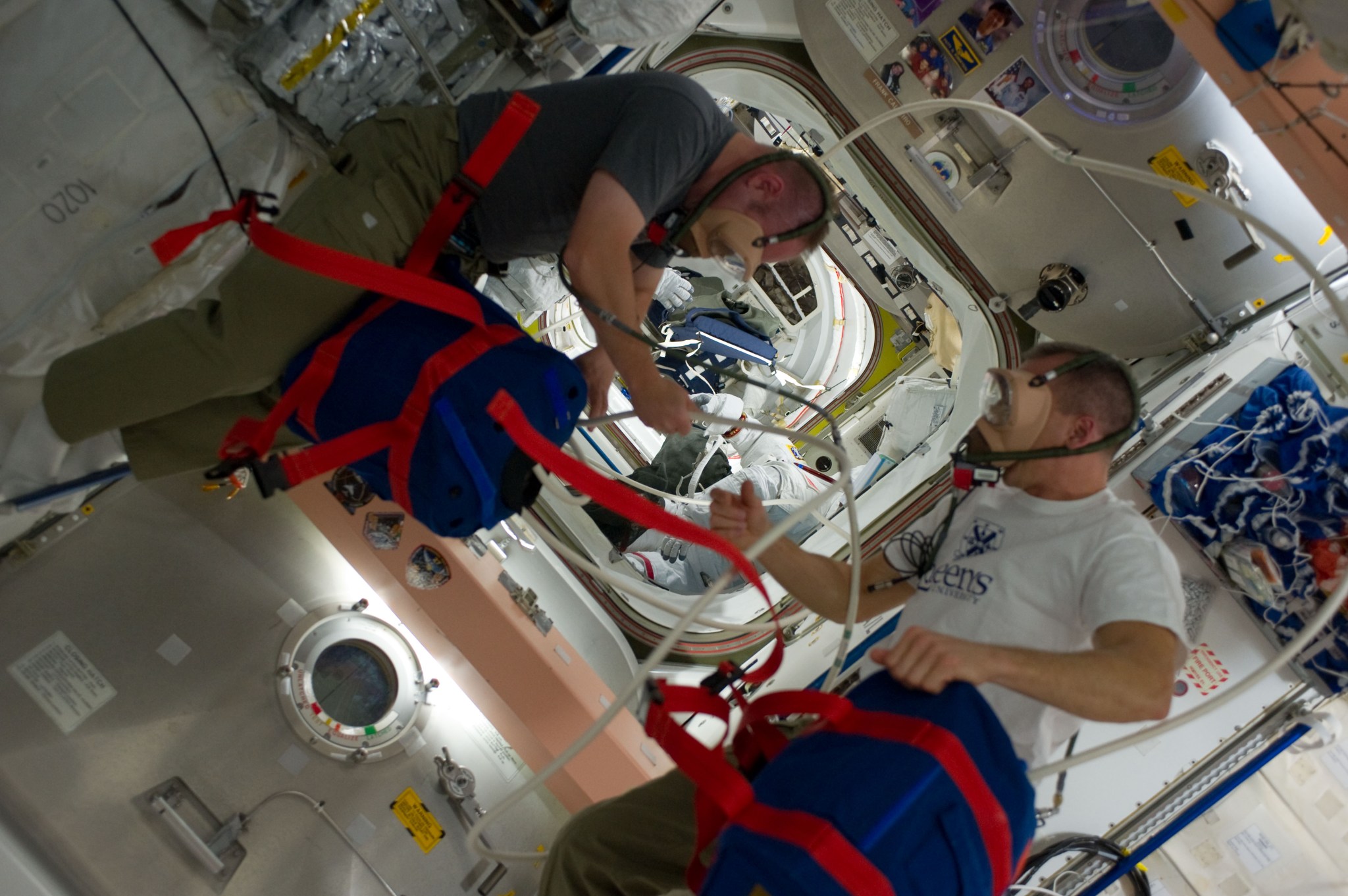Moving from a higher to a lower pressure too quickly and without adequate denitrogenation can cause decompression sickness (DCS). Denitrogenation protocols (removing nitrogen from the body) are employed to minimize the formulation of gas emboli (bubbles) forming during an EVA. DCS should also be minimized during off-nominal events such as cabin depressurization. DCS mitigation protocols are implemented through the combination of habitat and EVA suit pressure and breathing gas procedures to achieve nominal mission operations. NASA standards exist for DCS prevention and treatment and are being incorporated into new programs. The effects of fractional gravity and exploration atmospheres on DCS risk are currently unknown.
Directed Acyclic Graph Files
+ DAG File Information (HSRB Home Page)
+ DCS Risk DAG and Narrative (PDF)






























